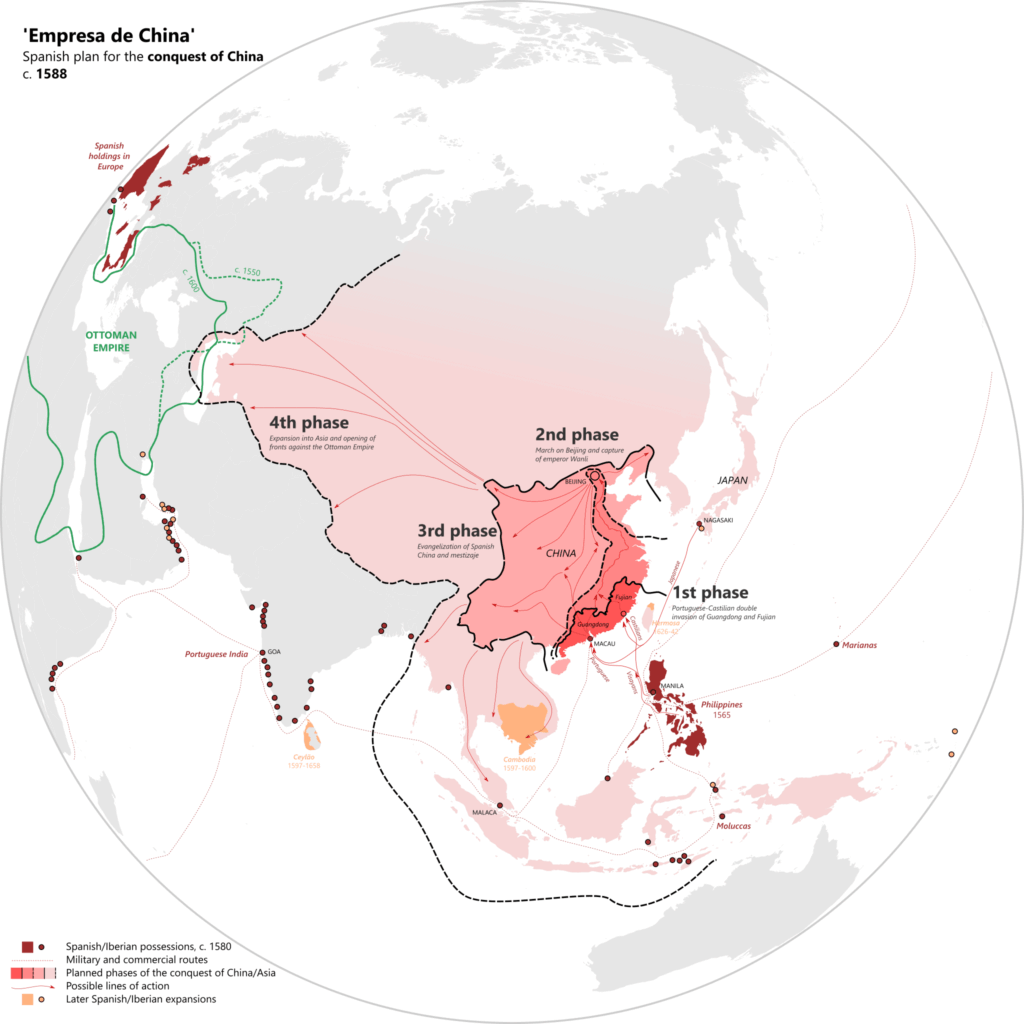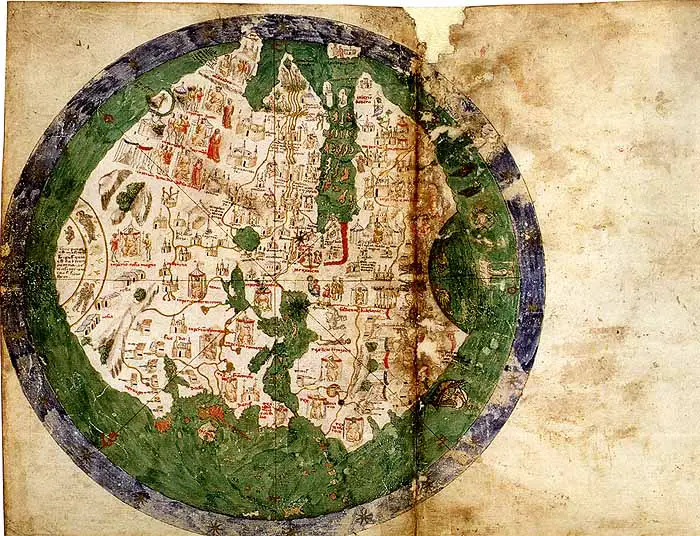Spain’s 1588 Plan for China — the Empresa de China
Key Takeaways
- The Empresa de China was a concrete Spanish project discussed in the late 1500s to bring Ming China under Hispanic rule.
- Plans called for a coastal two-pronged invasion (Guangdong and Fujian), an inland push aimed at Beijing and the Wanli emperor, then mass Christianization and social integration (mestizaje).
- The proposal had support from some Jesuits and Manila officials, envisioned Iberian, Portuguese, Filipino and Japanese contingents, and lost momentum after events in 1588 (including the Armada and internal opposition).
In the 16th century, Spanish officials and some Jesuit missionaries in the Philippines sketched a step-by-step project to conquer Ming China known as the Empresa de China (see the Wikipedia summary).
The program outlined four main phases: first, a two-pronged coastal landing with Portuguese forces operating on the Guangdong coast and Castilians on Fujian; second, a march inland with the explicit goal of seizing the Wanli emperor in Beijing to collapse imperial resistance; third, settlement and wide-scale Christianization combined with policies encouraging intermarriage between Iberians and Chinese (mestizaje); and fourth, using a Spanish-controlled China as a base to expand Spanish influence across Asia — even to open eastern fronts against Ottoman interests as some planners imagined.

The proposals named concrete force sizes and logistics (for example, memorials suggested roughly 10,000–12,000 Iberian soldiers plus thousands of regional allies) and were discussed in Manila and at the Spanish court before royal interest faded in 1588.








